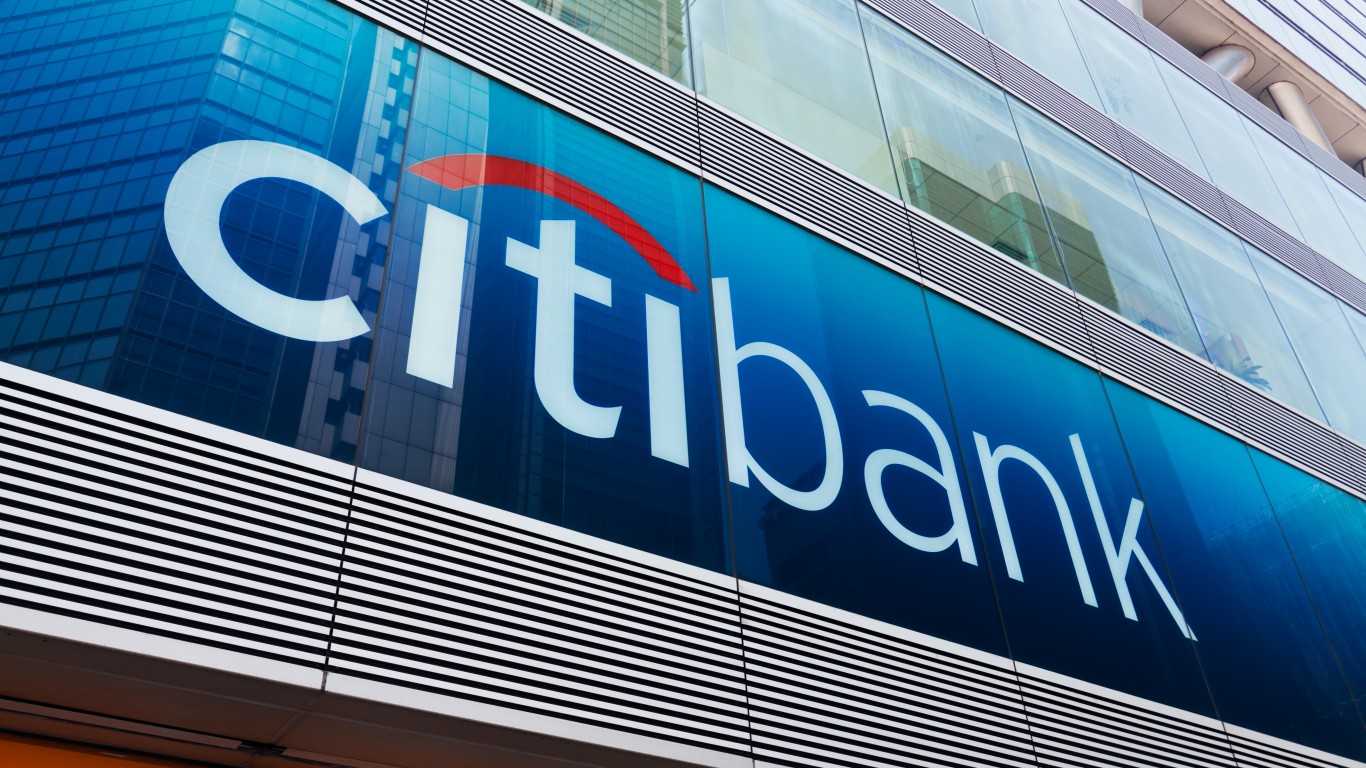
Usually when there is a widespread failure in the banking industry, it is due to many institutions doing the same thing, and often doing too much of it. The recent failures of Silicon Valley Bank and Signature Bank can be blamed as much on the Federal Reserve as it can be on poor stewardship from the banks.
The key words investors have been staring at the past few days is “unrealized losses.” Banks make money on their deposits by loading up on securities that pay more than the banks are paying their clients when they deposit money, and often banks use those deposits to buy short-term Treasury debt. The issue for Silicon Valley Bank (and perhaps many others) is that it bought a large amount of Treasury and mortgage-backed-securities debt prior to the massive one-year increase in the federal funds rate.
In most cases, that would be fine, as the short paper would come due at par, and the banks could reinvest as higher yields. However, with longer maturities it was a different story. Say a five-year note that was bought in January of 2022 that had a 1.50% yield, but that note was trading at a 4.36% yield last week. As yields went higher, the prices dropped dramatically as bond prices fall when yields jump.
When the run on Silicon Valley Bank started last week, as investors rushed to get their money out, led by tech venture capital giant Peter Thiel, the bank was forced to sell securities that had massive unrealized losses that were reported at a stunning $1.8 billion. While they tried to raise additional capital, that move failed, and regulators shut down the bank and took control.
The question for savvy investors is whether this is an isolated instance, due to Silicon Valley Bank’s large dependence on tech money or is a systemic issue that could bring down the industry. Unlike 2008, this appears to be more isolated. The banks that are getting stung now are tech and cryptocurrency casualties, or so it would seem.
The time for aggressive stock investors to strike is when the proverbial blood is in the streets, and now may be that time. Six top companies should be able to easily navigate this issue, and all look like smart ideas for aggressive growth stock investors. While they are all Buy rated on Wall Street, it is important to remember that no single analyst report should be used as a sole basis for any buying or selling decision.
Bank of America
The company posted solid fourth-quarter results, and Buffett owns more than a billion shares. Bank of America Corp. (NYSE: BAC) is a ubiquitous presence in the United States, providing various banking and financial products and services for individual consumers, small and middle-market businesses, institutional investors, corporations and governments in the United States and internationally. It operates 5,100 banking centers, 16,300 ATMs, call centers and online and mobile banking platforms.
Sponsored: Tips for Investing
A financial advisor can help you understand the advantages and disadvantages of investment properties. Finding a qualified financial advisor doesn’t have to be hard. SmartAsset’s free tool matches you with up to three financial advisors who serve your area, and you can interview your advisor matches at no cost to decide which one is right for you. If you’re ready to find an advisor who can help you achieve your financial goals, get started now.
Investing in real estate can diversify your portfolio. But expanding your horizons may add additional costs. If you’re an investor looking to minimize expenses, consider checking out online brokerages. They often offer low investment fees, helping you maximize your profit.






